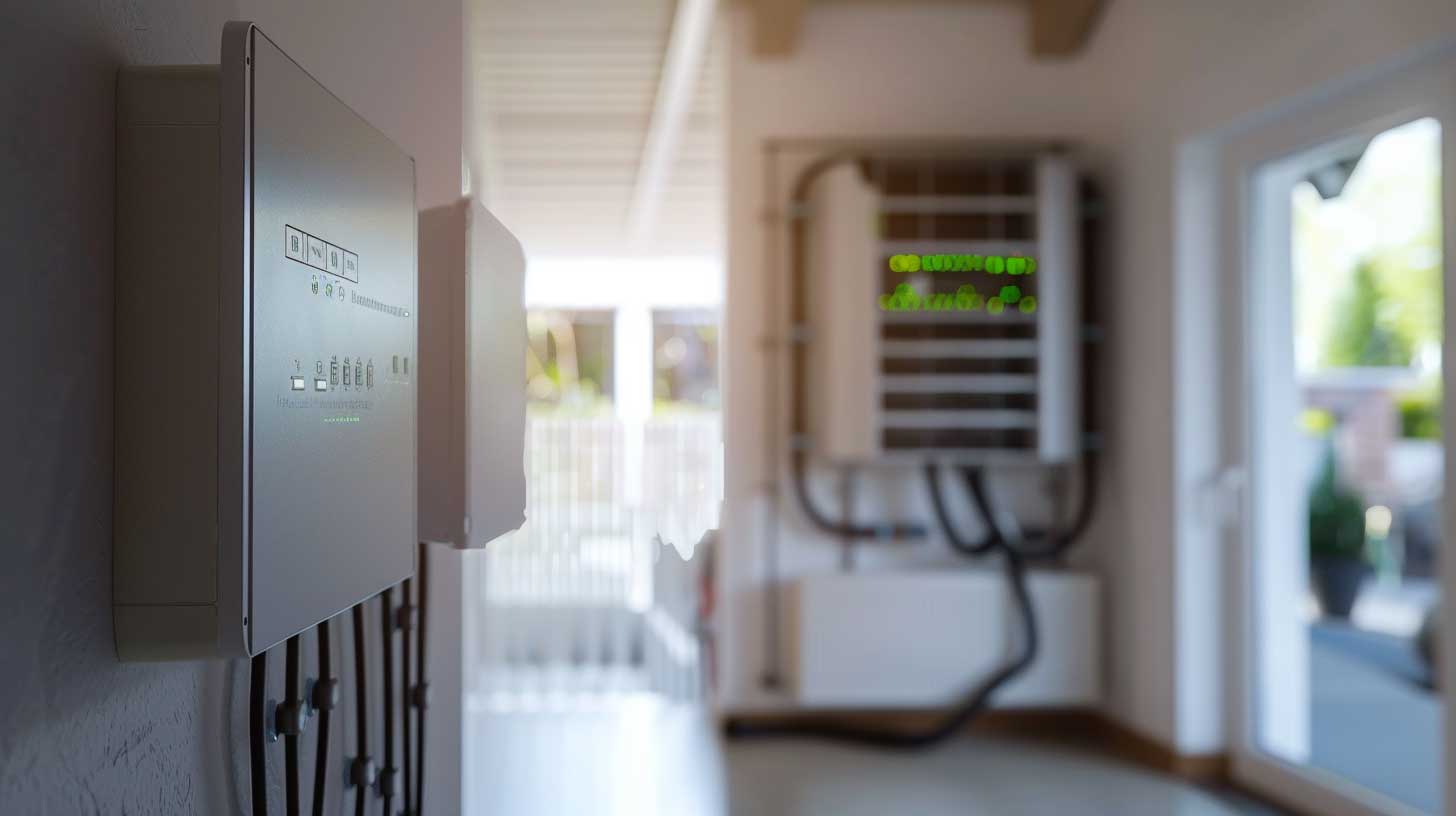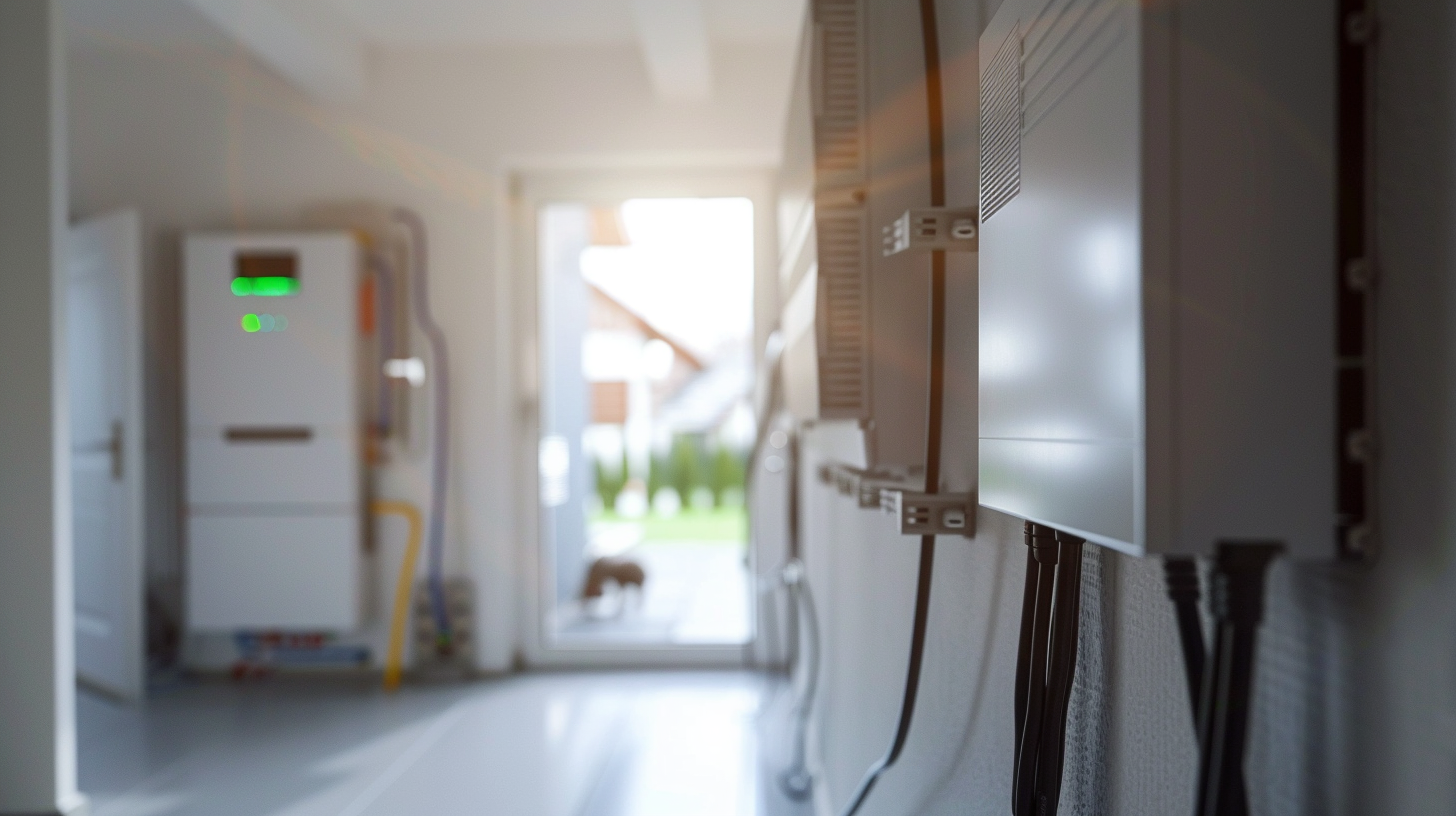
Have you ever wondered what makes a LiFePO4 battery perform better than others? The answer lies in understanding its critical parameters.
LiFePO4 batteries excel due to specific technical parameters like voltage (3.2V nominal), capacity, depth of discharge (80% recommended), energy density (90-120Wh/kg), and wide temperature tolerance (-20°C to 50°C). These factors determine performance, lifespan, and safety in energy storage applications.

Let's examine each parameter in detail to understand how they impact your energy storage system's performance and longevity.
Why do professionals emphasize voltage and capacity when discussing LiFePO4 batteries?
LiFePO4 cells have a nominal voltage of 3.2V per cell, with full charge reaching 3.65V and safe discharge at 2.5V. Capacity (measured in Ah) determines energy storage potential, with higher capacity models like 48V 200Ah versions suitable for larger applications.

| Parameter | Specification | Importance |
|---|---|---|
| Nominal Voltage | 3.2V/cell | Standard operating level |
| Charge Voltage | 3.65V/cell | Maximum safe charging level |
| Discharge Cut-off | 2.5V/cell | Prevents damage from over-discharge |
| Series Configurations | 12V, 24V, 48V systems | Versatile system voltages |
Reduced current for same power (P=V×I)
Lower energy losses in cabling
Compatibility with solar inverter systems
200A for 1 hour
50A for 4 hours
10A for 20 hours
Discharge rate (Peukert effect)
Temperature conditions
Battery age and cycle count
What makes 80% DoD the golden rule for LiFePO4 batteries?
LiFePO4 batteries maintain over 2000 cycles at 80% DoD compared to just 500-1000 cycles at 100% DoD. This shallow discharge approach significantly extends battery life while providing more usable energy than lead-acid alternatives.

Key findings from our Anern field tests
| DoD Level | Estimated Cycles | Equivalent Years (Daily Cycling) |
|---|---|---|
| 100% | 500-800 | 1.4-2.2 |
| 80% | 2000-2500 | 5.5-6.8 |
| 50% | 3000-4000 | 8.2-11 |
System Sizing: Install 25% extra capacity than needed
BMS Configuration: Set discharge cutoff at 20% remaining
User Behavior: Charge before full depletion
Monitoring: Use battery meters to track DoD
Smart battery management systems
DoD optimization algorithms
User-configurable discharge limits
How does LiFePO4 balance energy storage and power delivery?
LiFePO4 offers moderate energy density (90-120Wh/kg) but excellent power density (up to 1000W/kg), making it ideal for applications requiring both energy storage and power bursts. While lower than NMC lithium-ion in energy density, its thermal stability is superior.

| Characteristic | LiFePO4 | Lead-Acid | NMC Lithium |
|---|---|---|---|
| Energy Density | 90-120Wh/kg | 30-50Wh/kg | 150-200Wh/kg |
| Power Density | Up to 1000W/kg | 100-200W/kg | 300-500W/kg |
| Cycle Life | 2000+ | 300-500 | 500-1000 |
| Thermal Runaway | >200°C | N/A | ~150°C |
Solar Storage: Favors energy density
EV Applications: Needs power density
Backup Power: Requires both
Custom cell configurations
Advanced thermal management
Application-specific balancing
Can LiFePO4 batteries withstand desert heat or arctic cold?LiFePO4 batteries operate in -20°C to 50°C ranges, though performance declines at extremes. Capacity reduces by ~20% at -20°C, while charging above 45°C requires voltage adjustment. Proper thermal management maintains optimal performance.

| Temperature | Charge Accept | Discharge Capacity | Notes |
|---|---|---|---|
| -20°C | Limited | 65-85% | Warm-up improves |
| 0°C | 70% | 80-90% | Slow charging |
| 25°C | 100% | 100% | Optimal |
| 45°C | 90% (voltage adjusted) | 95% | Requires monitoring |
| 60°C | Not recommended | Reduced lifespan | Safety risk |
Our solutions incorporate:
Built-in temperature sensors
Automatic charge rate adjustment
Cold-weather pre-heating options
Ventilated battery enclosures
Understanding LiFePO4 parameters ensures optimal system design and maximum return on your energy storage investment.


